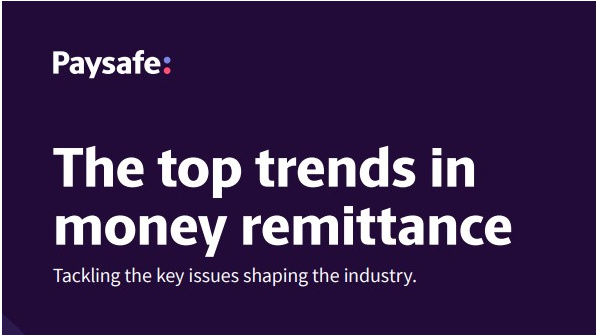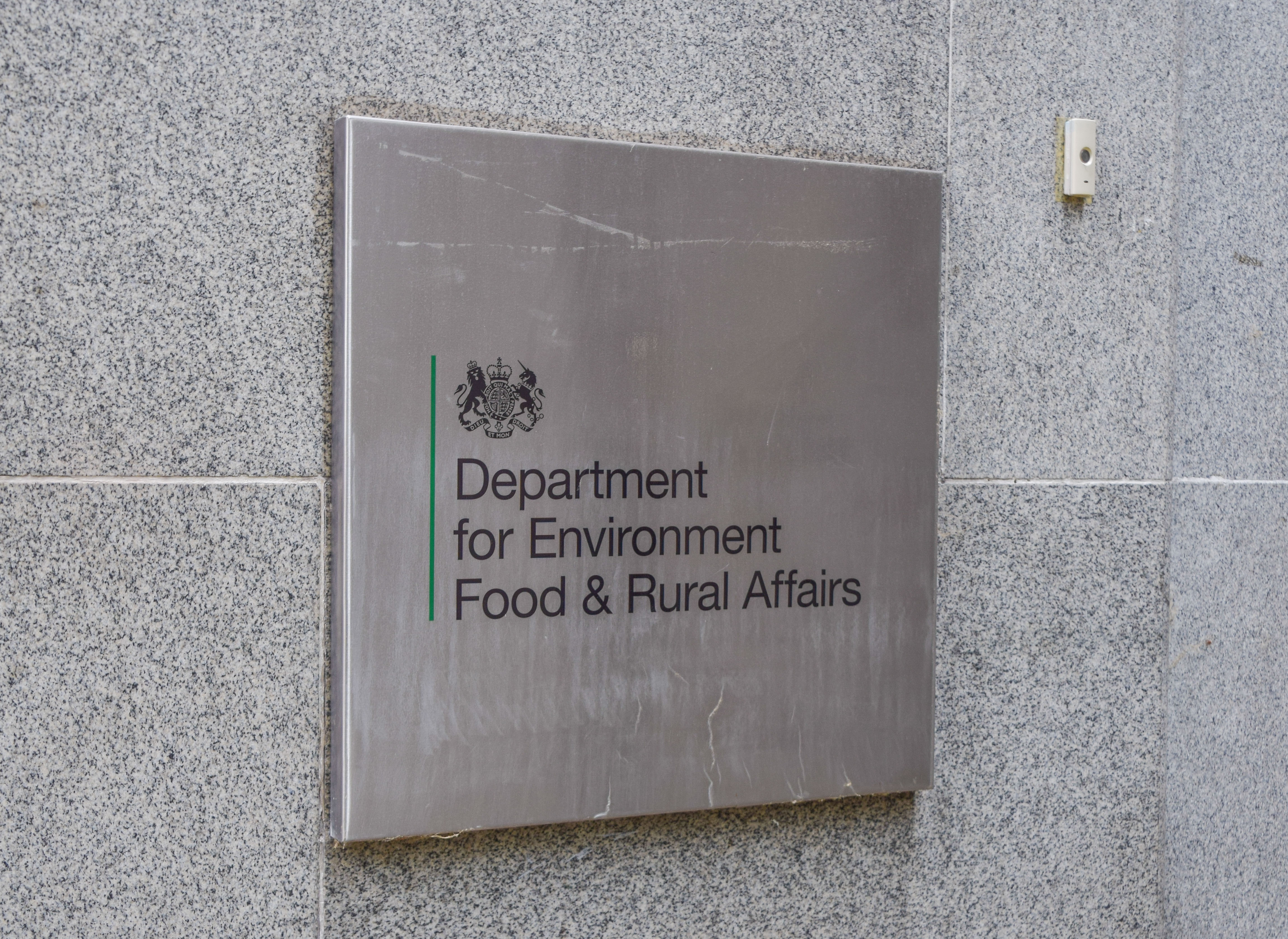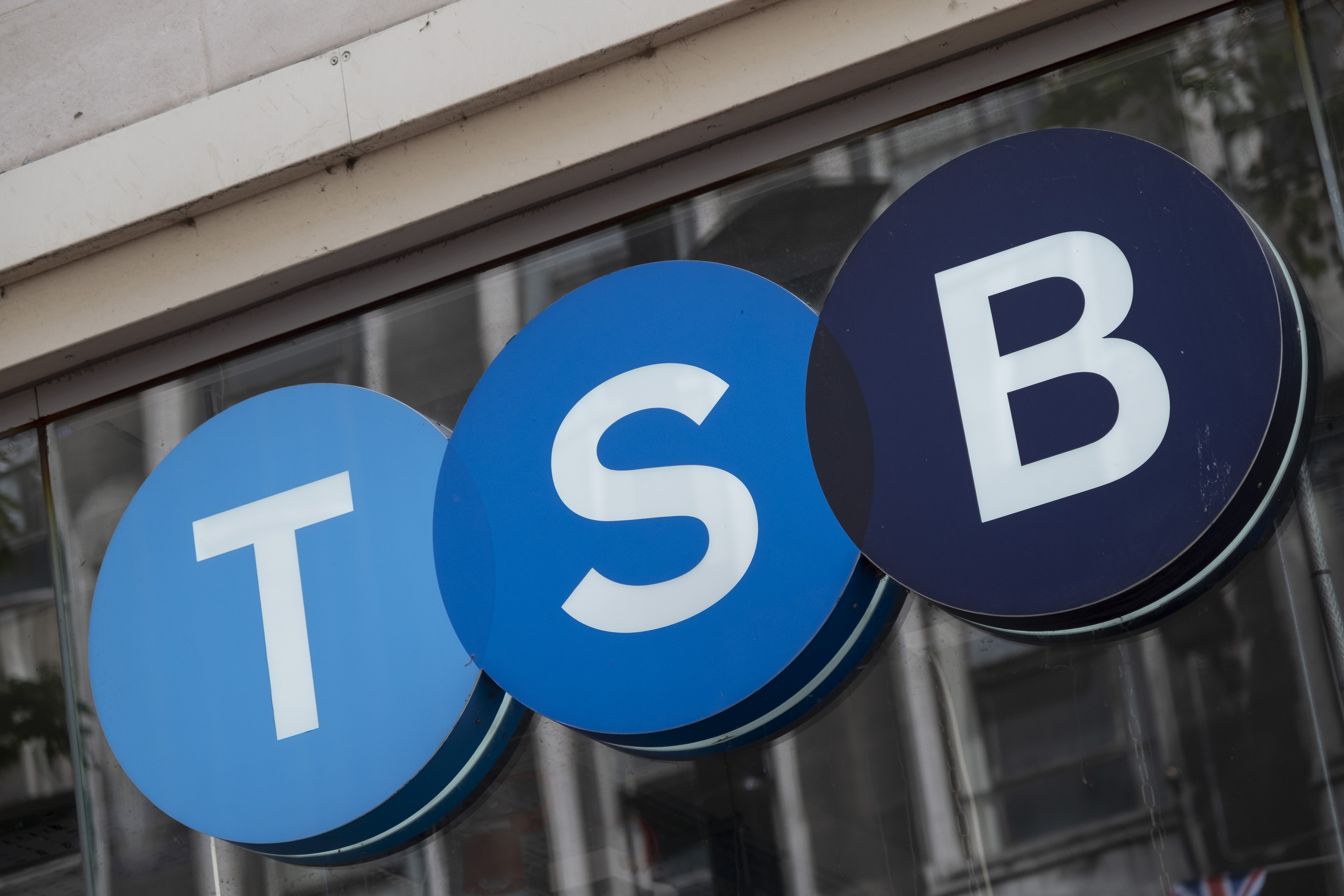UK government sets aside £235m for Brexit IT spending
The government hopes to build HMRC systems to reduce the burden on traders, as well as data infrastructure to enhance border management


The government has set aside hundreds of millions of pounds to build infrastructure to cope with the demands on the UK border once Britain withdraws from the EU, including a significant portion on building IT systems.
As part of a £705 million funding package for 2020/21, £235 million of this has been dedicated to staffing and technology.
More than £100 million will be dedicated to developing HMRC systems “to reduce the burden on traders”, alongside additional investment in technology to ensure new controls can be implemented in a ‘roll-on, roll-off’ environment. This refers to ships designed to carry wheeled cargo, such as cars or trucks.
An additional £15 million has been dedicated to building data infrastructure to boost border management as well as the general flow of goods, which the government aims to be completed by 2025. Finally, £10 million will be dedicated to recruiting 500 more Border Force staff, and £20 million for new equipment and technologies.
This is on top of another £84 million already provided in grants to ensure there’s enough capacity to ensure traders are supported. This will support intermediaries through increased recruitment, training, and by supplying technologies to help handle customs declarations.
The UK withdrew from the EU in January 2020 and has since ended a transitionary period in order to allow time for the UK to prepare. This is currently set to come to an end on 31 December 2020.
The government will be hoping to get its new Brexit IT system off the ground running in time for the end of the year, although it has an appalling track record for launching border-related systems on time and on budget.
Get the ITPro daily newsletter
Sign up today and you will receive a free copy of our Future Focus 2025 report - the leading guidance on AI, cybersecurity and other IT challenges as per 700+ senior executives
RELATED RESOURCE

An immigration caseload system which cost £350 million, for example, was revealed to have been ditched in 2014 after the National Audit Office (NAO) launched a review into Home Office spending. The report was the result of a probe into the implications of the then Home Secretary’s decision in March 2013 to abolish the UK Border Agency and replace it with two separate organisations focused on immigration enforcement and visas.
Government preparations for Brexit, meanwhile, which have been ongoing since the UK took the decision to leave the EU in 2016, have been plagued with issues.
The Institute for Government found in 2018 that government systems were not prepared for a no-deal Brexit, and crucial IT systems were unlikely to be in place for the then-withdrawal date of March 2019.
Further reporting by the NAO in March 2019 found the six of the eight IT systems crucial for Brexit border control were at risk of failure. The six IT systems at risk included the Import of Products, Animals, Food and Feed System (IPAFFS) and Automatic Licence Verification System (ALVS), both listed as amber-red, as well as the roll-on, roll-off (RORO) customs system, deemed amber.

Keumars Afifi-Sabet is a writer and editor that specialises in public sector, cyber security, and cloud computing. He first joined ITPro as a staff writer in April 2018 and eventually became its Features Editor. Although a regular contributor to other tech sites in the past, these days you will find Keumars on LiveScience, where he runs its Technology section.
-
 Cleo attack victim list grows as Hertz confirms customer data stolen
Cleo attack victim list grows as Hertz confirms customer data stolenNews Hertz has confirmed it suffered a data breach as a result of the Cleo zero-day vulnerability in late 2024, with the car rental giant warning that customer data was stolen.
By Ross Kelly
-
 Lateral moves in tech: Why leaders should support employee mobility
Lateral moves in tech: Why leaders should support employee mobilityIn-depth Encouraging staff to switch roles can have long-term benefits for skills in the tech sector
By Keri Allan
-
 Better together
Better togetherWhitepaper Achieve more with Windows 11 and Surface
By ITPro
-
 Transforming the enterprise
Transforming the enterpriseWhitepaper With Intel and CDW
By ITPro
-
 The top trends in money remittance
The top trends in money remittanceWhitepaper Tackling the key issues shaping the money remittance industry
By ITPro
-
 How Kantar revamped its IT infrastructure after being sold off
How Kantar revamped its IT infrastructure after being sold offCase Study Being acquired by a private equity firm meant Kantar couldn’t rely on its parent company’s infrastructure, and was forced to confront its technical shortcomings
By Rene Millman
-
 Deutsche Bank wraps up Postbank IT integration after bug-laden migrations
Deutsche Bank wraps up Postbank IT integration after bug-laden migrationsNews The IT merger is expected to generate annual savings of €300 million by 2025
By Daniel Todd
-
 Analyzing the economic benefits of Dell Technologies with VMware Tanzu & Intel
Analyzing the economic benefits of Dell Technologies with VMware Tanzu & IntelWhitepaper ESG economic validation
By ITPro
-
 Defra needs £726 million to modernize pervasive legacy IT issues
Defra needs £726 million to modernize pervasive legacy IT issuesNews A significant portion of IT systems are reportedly still in extended support or are fully unsupported
By Ross Kelly
-
 Former TSB CIO fined £81,000 for botched IT migration
Former TSB CIO fined £81,000 for botched IT migrationNews It’s the first penalty imposed on an individual involved in the infamous migration project
By Ross Kelly